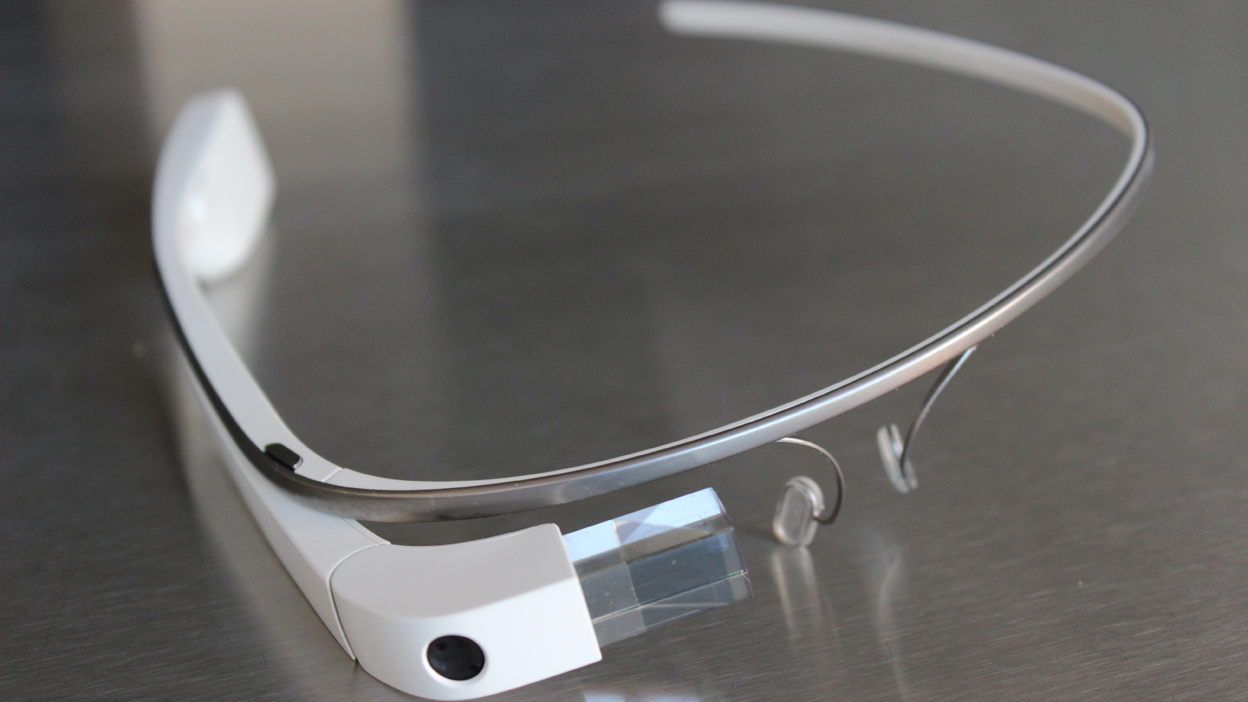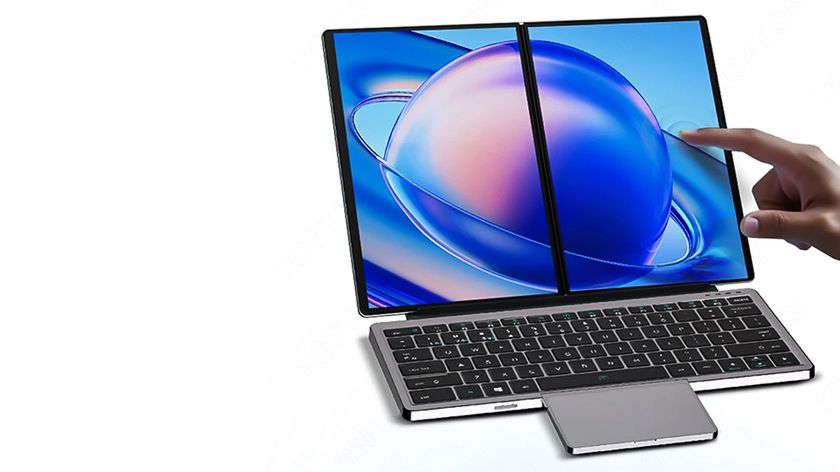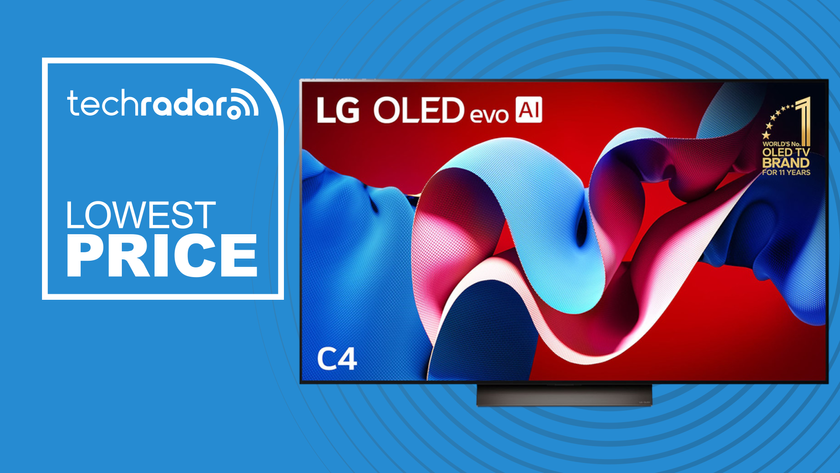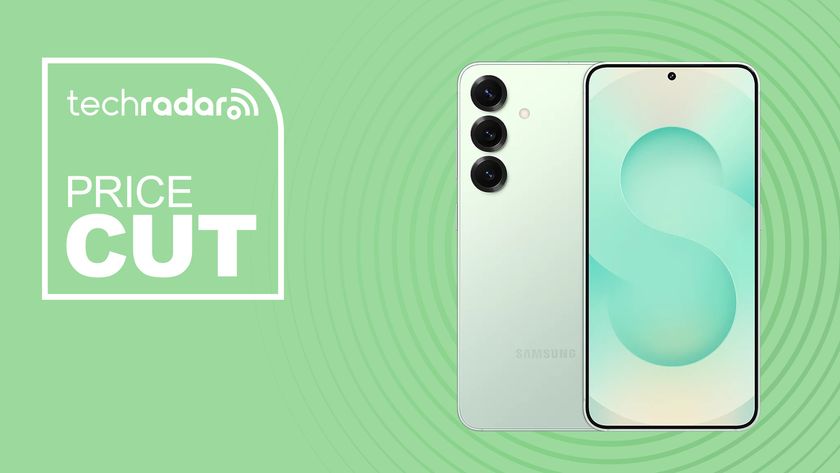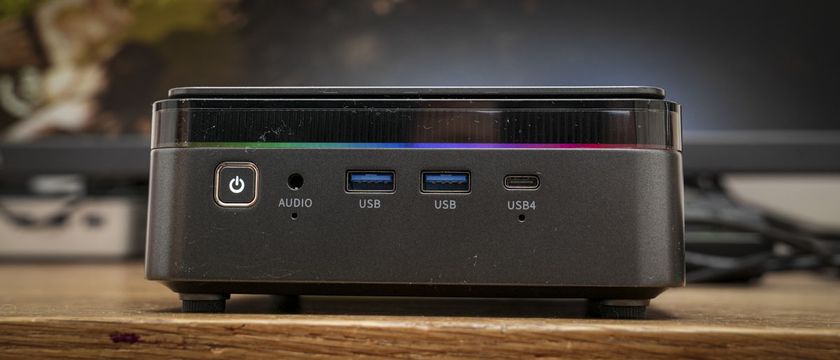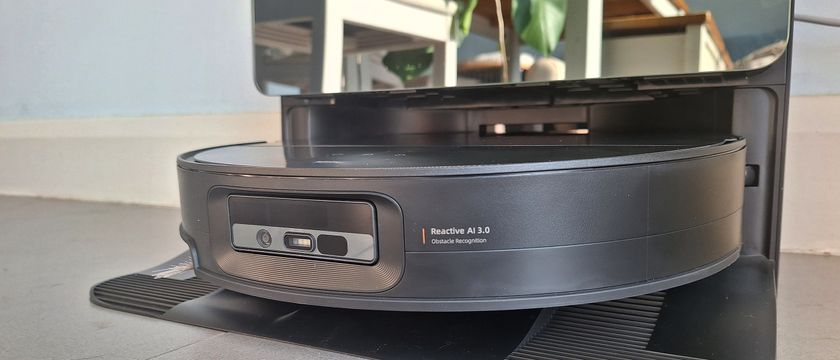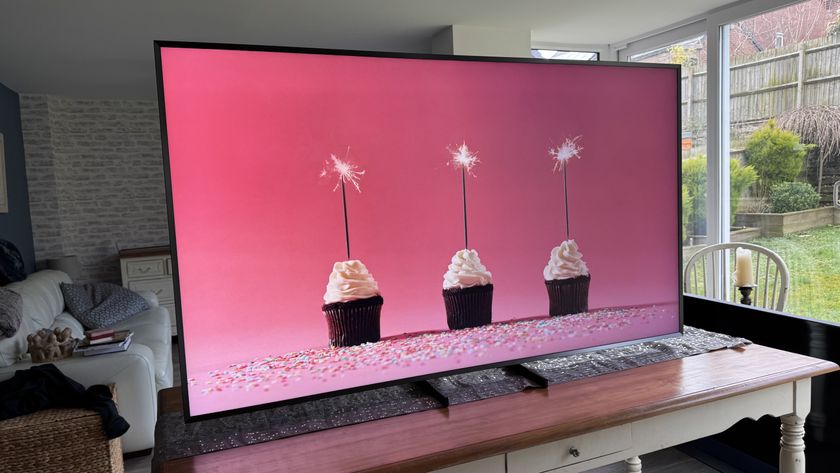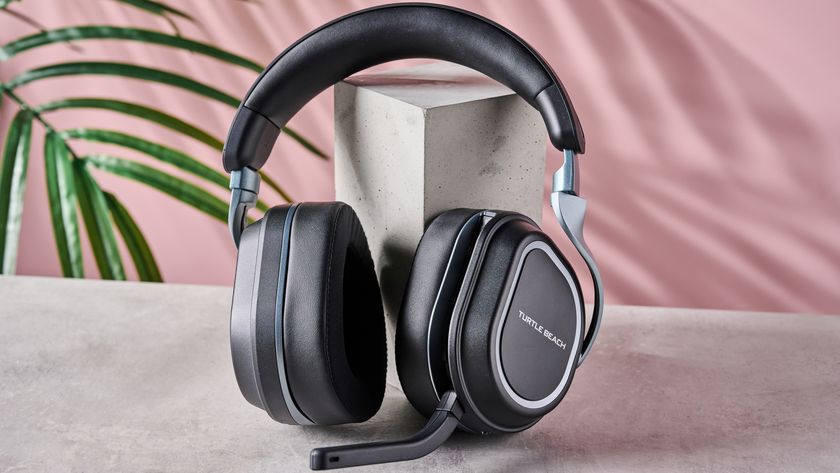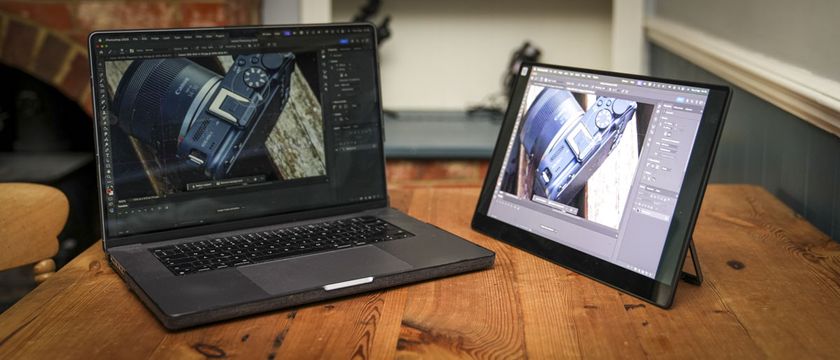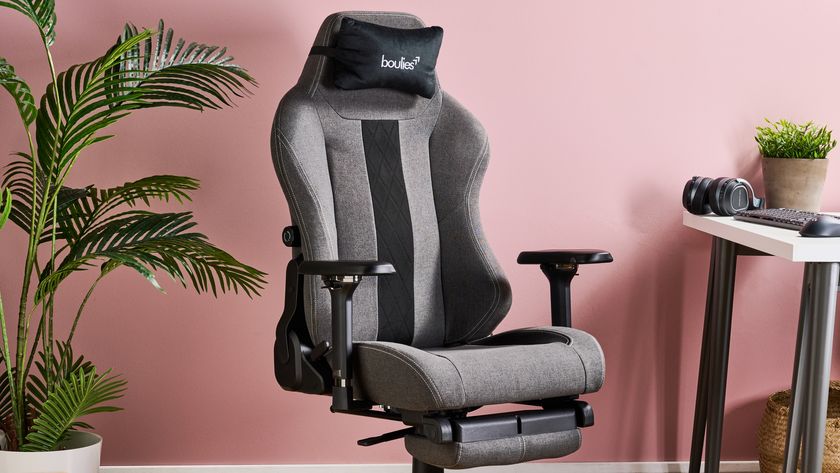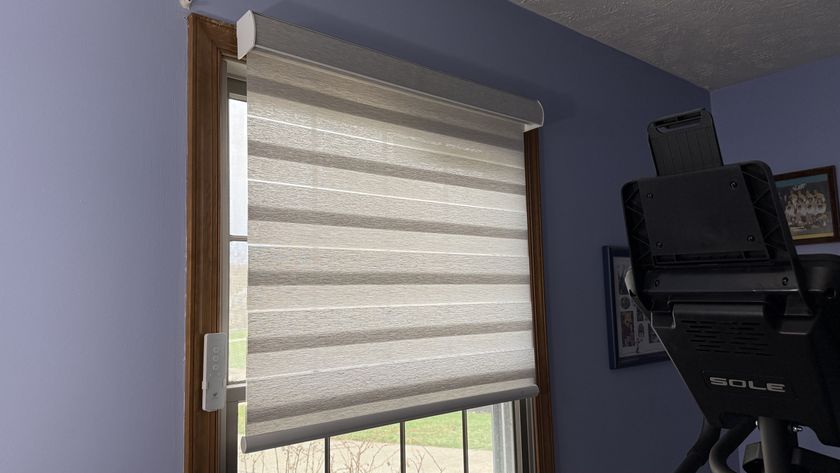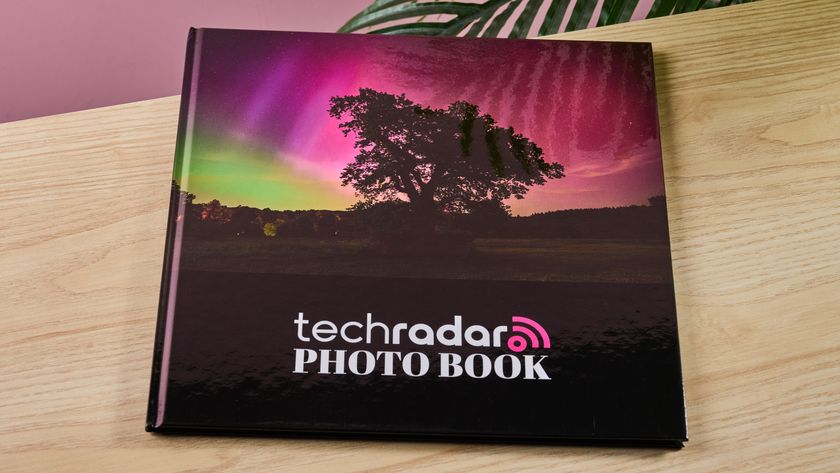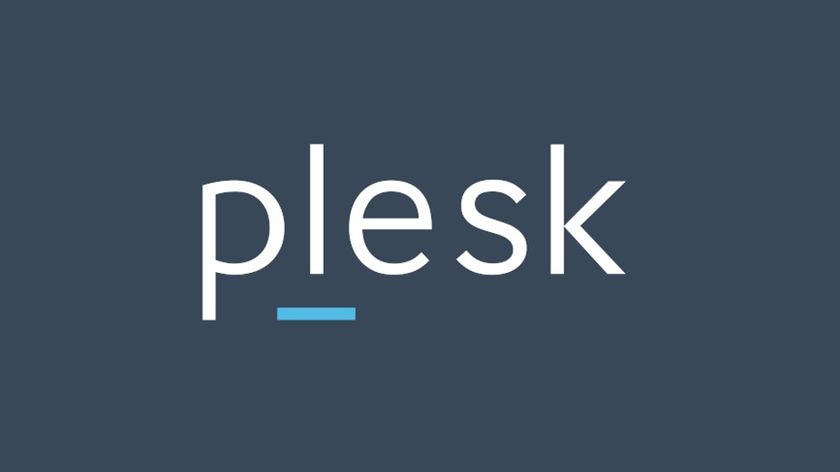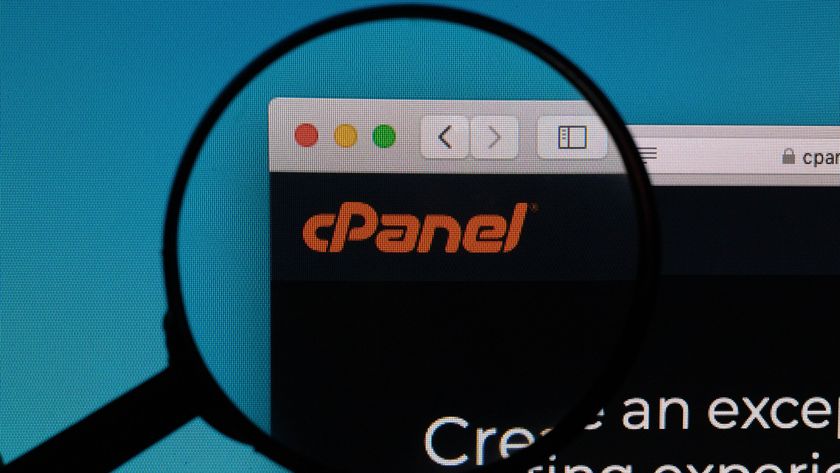TechRadar Verdict
Google created the most sought-after sci-fi-looking gadget that everyone wanted to wear at least once. Its hands-free picture-taking and head-tracking navigation were visions of our future, and Google Now alerts were put to good use here. But its everyday uses were limited and privacy remained a concern. Not everyone got their money's worth from this one-of-a-kind, discontinued novelty.
Pros
- +
Slick, comfortable design
- +
Easy-to-take hands-free photos
- +
Google Now rocks
- +
Head-tracking navigation is surreal
- +
Conversation starter
Cons
- -
Outrageously expensive
- -
Battery life is very poor
- -
5MP photos need good lighting
- -
Limited number of apps
Why you can trust TechRadar
- Update: Our Google Glass review has been updated to note that it ceased production in 2015. But Google's the novel head-worn computer experiment may live on in a foldable Enterprise Edition one day. In the meantime, consumers can check out Snap Spectacles for similar camera-based features and a much cooler look. The original Google Glass review is below.

Google Glass is the controversial wearable that had its sci-looking beta testers turning heads and being peppered with questions. How does it work? What does it feel like? And, of course the inevitable, well, can I try it?
The increasing number of Google Glass invites has led to Project Glass being open to everyone in the US and now the UK, so curious, tech-savvy early adopters can answer most of these questions on their own.
It's a little easier for them to say "yes" to Glass now that it's been upgraded with more memory and new apps. There's a speedier 2GB of RAM on board instead of 1GB and 12 new apps including Shazam and Live Stream. The Google Glass app list is officially over the 50 apps threshold and the most recent update puts all Android notifications in the top right corner of your eye.
But there's one query all prospective Glass owners all struggling with right now at checkout, and it's a question I get all of the time: is Google Glass worth it?
To answer that burning question, I turned a critical eye to Google's wearable computer and tested its Explorer Edition of Google Glass for eleven months. I also upgraded to the brand new 2GB model.
With the sound of my voice, I took hands-free photos by saying "Okay Glass, take a picture." I instructed it to upload the resulting point-of-view image to Twitter and Facebook and attached a caption, all with voice commands.
I saw flight information automatically beam to my eye with a gentle Google Now reminder the day before traveling. The weather for both my departure and destination cities, and directions to the airport were already being provided by this instinctual software. All of this data appeared in the top right corner of my vision, all without the need to take out my smartphone.
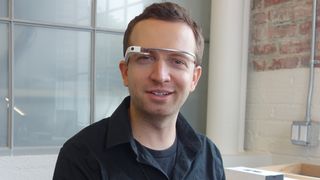
Google has continued to make the complicated ownership decision easier by adding more to its Explorer Edition heads-up display. In addition to the new 2GB version, an update late last year saw a tweaked form factor that made prescription glasses compatible with attachable frames.
Google has even been throwing in a free pair of frames or premium shades with all new orders since mid-April. Moreover, new apps and updates to the linear operating system that weren't available at launch make the current Google Glass Explorer Edition a tempting buy.
Still, this new Project Glass model is better at addition than subtraction. While features have been added, the price hasn't dropped. At $1,500 (£1,000, about AU$1,589), Google's experimental wearable is exorbitantly priced for the average person. It's also best if you're an Android, not an Apple person.
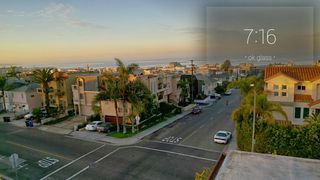
Compatibility with the iPhone has improved thanks to the launch of an iOS MyGlass app and the ability to read text messages, but it stops short of tapping into Glass' hands-free SMS response capabilities. Maps navigation also requires MyGlass to be open on the iPhone, not in the background. All of these features are missing for Windows Phone 8 users entirely, though technically any Bluetooth phone can offer Glass tethered data with a personal hotspot enabled.
Google Glass is very much a prototype, even after more than 20 months of being in the hands and on the faces of tens of thousands of beta testers.
But that's partly why this out-of-reach, futuristic-looking curiosity is so fascinating, despite, or possibly because of the massive cost to your Google Wallet (that's actually how you have to pay for Google Glass). Peoples' mind=blown reaction, more so than snapping photos hands-free and getting directions that turn with your head, makes whomever is donning Google Glass a walking wonder.

How to get Google Glass
Google undoubtedly wanted Glass in the hands of developers who will make the experience better, more so than curious individuals who want it for personal use. Therefore, developers were the first to qualify for Google Glass invites.
Now it's for sale to anyone living in the US and UK. Google threw Project Glass into open enrollment for 24 hours on April 15 and then permanently made it available a month later. Good things come to those who wait, too. All new Google Glass models come with free frames for prescription glasses or a free sunglasses shade attachment that typically costs $225 (£175, about AU$239).
Signing up for the normal Google Glass waitlist in June of 2013 after Google IO gave me access to an Explorer Edition beta code in November, while my friend who registered in December received an invite less than three weeks later. That alone shows how much easier it became to receive an invitation.
Strict rules still limit who can ultimately take advantage of the invite code and purchase a prototype. For example, you must be 18 years old and a US or UK resident, so adults living in the other parts of Europe or Australia aren't eligible. These age and country-specific rules are still in place.
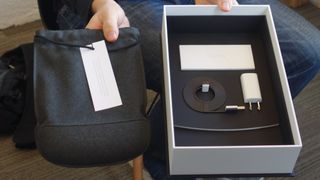
The fit
Google Glass now ships to US and UK addresses, though the company still encourages beta testers to pick it up in person at its New York, San Francisco or Los Angeles offices. In the UK, "base camp" is in King's Cross, London. But across the pond in LA, specifically Venice Beach, is where I went for my "fitting experience" with a friendly Glass guide named Frank.
The Google employee helped with my Google Glass unboxing, adjusted the nose pads, tweaked the delicate nose stems and shaped the malleable titanium head band until it didn't sit so crooked on my face.
Within ten minutes it looked perfect, or at least as perfect as one can appear with a wearable computer sitting on their face.
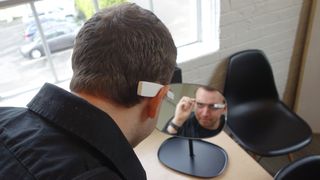
The look
Though pliable, the titanium head band remains durable as it stretches from ear to ear. It runs alongside a plastic casing that hides Glass' key components and gives it an overall clean look. This subtle style makes the exposed parts like the camera lens in the front stand out even more - for better or worse.
Everyone's attention is also immediately drawn to the adjacent cube-shaped glass prism that sits above the right eye. It has an acceptable 640 x 360 resolution and hangs just out of the way of the wearer's line of sight. For the wearer, this personalized display acts as a much bigger screen, one that's equivalent to a 25-inch HDTV sitting eight feet away.
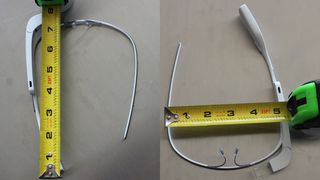
The Google Glass dimensions are 5.25-inches at its widest point and 8-inches at its longest point. It's too long and wide to fit into my pocket, even though I've been able to carry a Nexus 7 tablet in my jeans' back pocket with a little squeeze.
Society has banned fanny packs and the titanium head band doesn't collapse, so storage options are limited. When out and about it's either on my face or in the complementary case, which I stow in a backpack. There's no in-between.
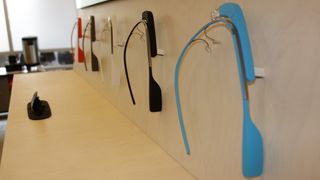
The new Google Glass is almost indistinguishable from its predecessor, and the fact that it comes in the same colors doesn't help you tell them apart. The options are black, orange, gray, white and blue. Or, as the Glass guides insisted: charcoal, tangerine, shale, cotton and sky.
Charcoal and cotton, the two non-color colors, appear to be the most popular, as they were initially sold out when I first entered my invite code to buy Google Glass. Luckily, before my seven-day invite expired, both options became available and I chose white. The choice made online actually didn't matter until I got to the on-site appointment. I was given one last chance to switch colors during the moment of truth.
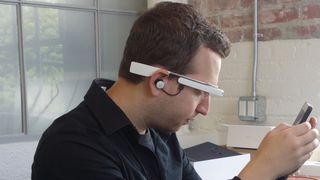
The glaring exception to Glass' svelte design is the battery that rests behind the right ear and juts out rather noticeably. It's too big, yet it's not big enough for a full day's charge. Battery performance did improve with the Android KitKat update in April, but more power from this energy-eating wearable is still a priority of Explorers.
Also prevalent among beta testers that I've talked to was Google Glass succumbing to summer heat. I experienced this problem first-hand on a hot, but not-too-hot day of horseback riding. Air bubbles began to distort the reflective mirror that caps the Glass prism.
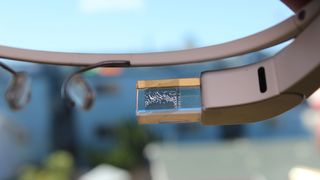
The good news is that Google was quick to the rescue, speedily shipping me a a new Google Glass unit and asking me to mail back the broken version. For a brief moment, I had $3,000 (£2,000) in my hands and awkwardly on my head. I didn't pass up the chance to foolishly wear both at once.

The funny this is that horseback riding, with two hands occupied, was one of the most useful moment I've had as an Explorer. I was able to issue photo and video voice commands while properly holding onto the reigns and saddle. But my experience, and that of almost every other Explorer I've talked to recently, proves that Google Glass is still very much a gadget in beta.
The feel
Even with the bulkiness of the battery and durable frame, Google Glass is extremely lightweight and comfortable resting on my face. It weights just 42 grams (1.48 oz) and because everything, including the screen, is just out of my line of sight I often forget I'm wearing it.
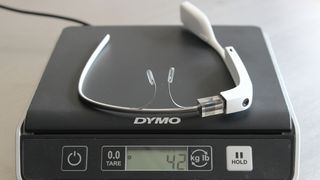
At first, Google Glass did give me slight headaches as I strained my right eye to focus on the tiny prism in the top right corner of my vision. The team at the Venice headquarters did forewarn me about temporary Google Glass headaches, instructing me not to use Glass for more than a few hours the first couple of days. It's incredibly unnatural to have just one eye focus on a screen while the other goes without use, but my eyes and brain adjusted to the phenomenon in a few days to the point where it's now intuitive.
Like a modern smartphone, there are few physical buttons and ports on Google Glass. That's because most of the interaction is done via a long 3.25-inch touchpad on the right side. Underneath the touchpad is a micro USB port for charging the device and on the top is a camera button that's great for quick snaps in noisy environments.
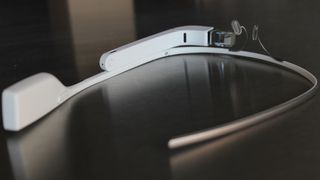
The most discreet button is tucked away on the inside on the touchpad and near the temple. Giving it a light press turns Google Glass on and powers up the all-important apps.
